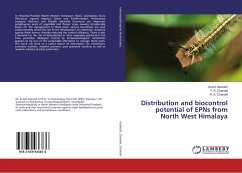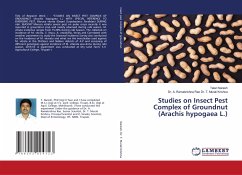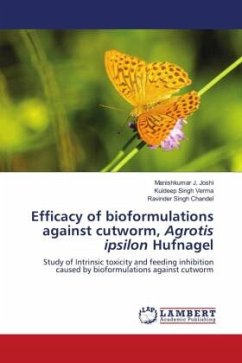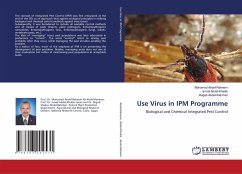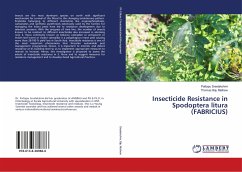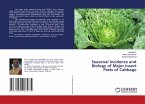In Himachal Pradesh (North Western Himalayan State), Spodoptera litura (Fabricius), Agrotis segetum (Denis and Schiffermuller), Helicoverpa armigera (Hubner) and Plutella xylostella (Linnaeus) are important polyphagous pests of vegetable and flower crops causing considerable losses. For the management of these pests, various insecticides are used indiscriminately which has led to the development of insecticide resistance against these insects, thereby reducing the control efficiency. There is also a demand for the use of biopesticides in clean vegetable production free from pesticides. Biological control by entomopathogenic nematodes appears to be one of the sustainable alternative to manage these pests. This book will serve as a useful source of information for researchers, extension workers, research planners, post graduate students as well as research scholars of plant protection.
Bitte wählen Sie Ihr Anliegen aus.
Rechnungen
Retourenschein anfordern
Bestellstatus
Storno

